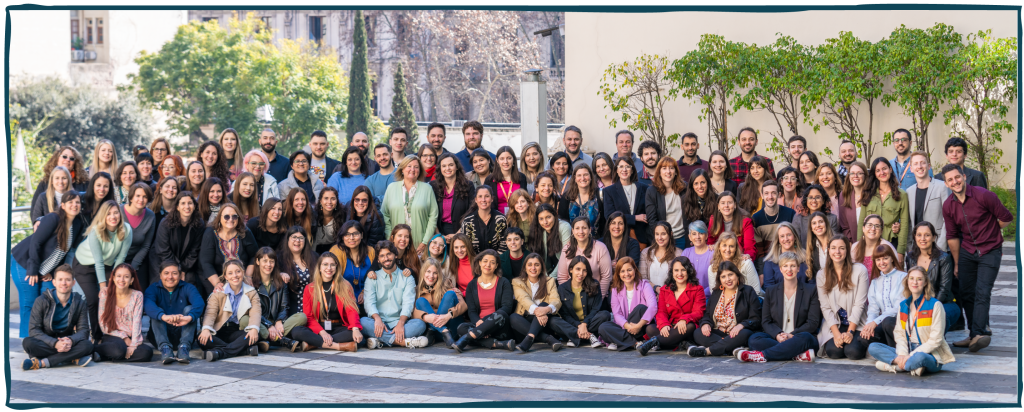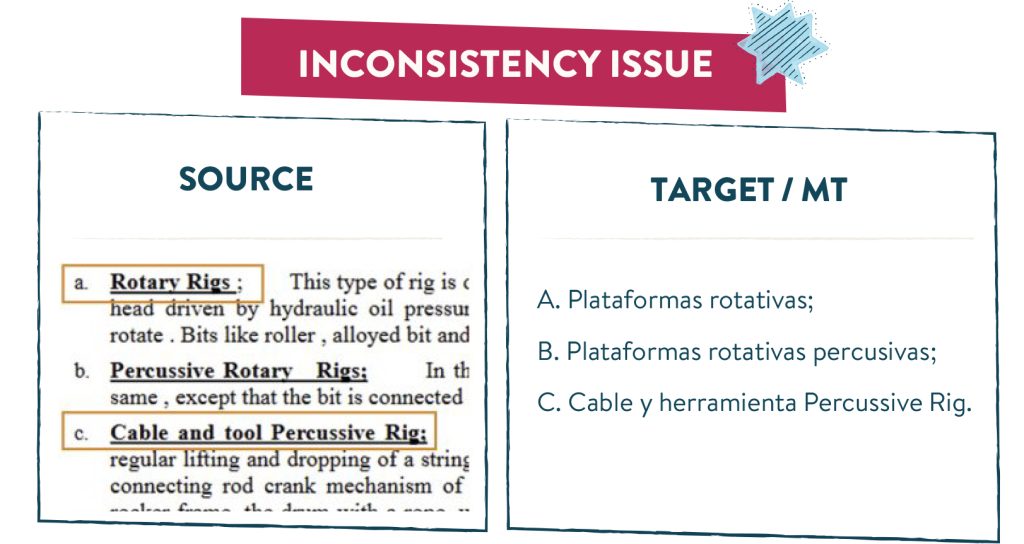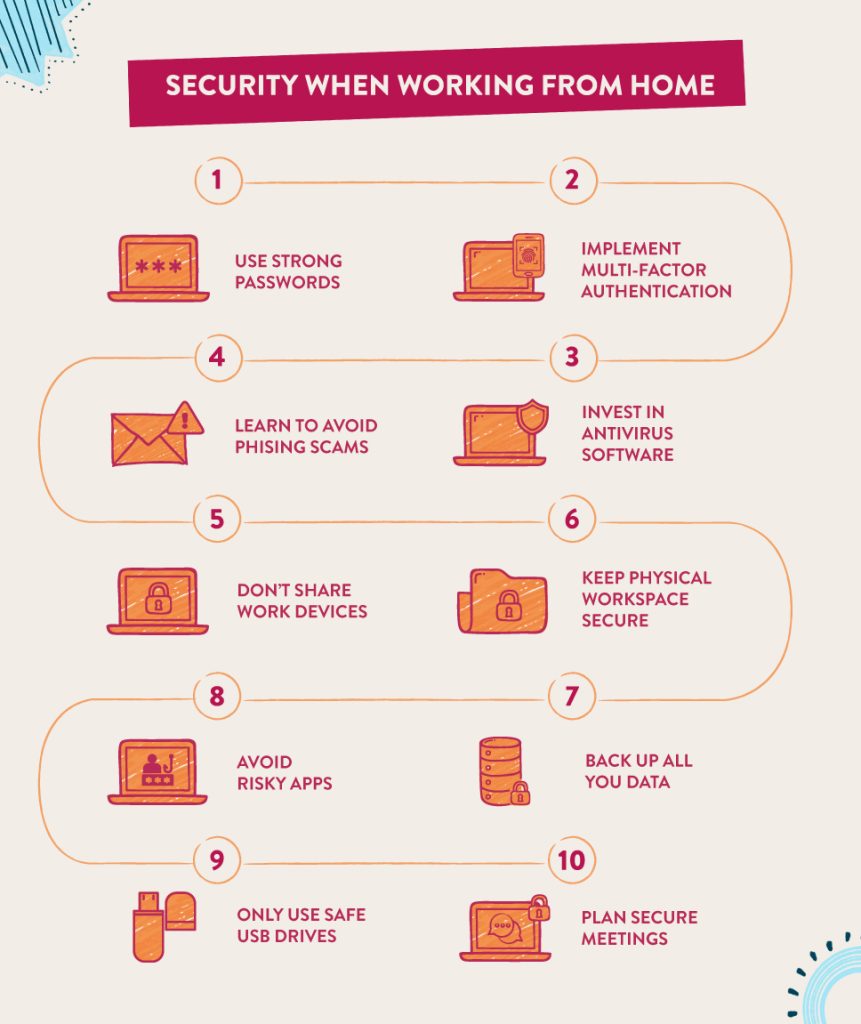Independent market research firm CSA Research has recognized Terra Translations as a leader in the global translation, interpreting, and localization industry.

People worldwide naturally prefer consuming information in their own language. Meeting this expectation − and sometimes the legal requirements to do so – fuels an indispensable multi-billion dollar global industry that provides translation, interpreting, and localization. Based on validated and verified data from a representative sample of 462 LSPs, independent market research firm CSA Research has named Terra Translations as a leading provider of the global delivery of language services, ranking it fourth in the top LSPs in Latin America.
Terra Translations is a boutique language services company with a global reach, specializing in English and Spanish translation. Based in Buenos Aires, Argentina, and also located in Milwaukee, Wisconsin, Terra is growing rapidly and boasts both ISO 9001 and ISO 17100 certifications.
Dr. Donald A. DePalma, CSA Research’s Chief Research Officer, comments that “most people don’t recognize the value of interpreting or translation until they can’t understand something—and the absence of spoken or written content in their languages happens far too often. Language service providers and technology developers deliver essential translation and interpreting services.”
About Terra Translations
Terra Translations has been at the forefront of the modern work environment since our inception; based mainly in Argentina and the United States, our team is fully virtual. Terra’s global team allows us to better serve our clients by quickly responding to requests regardless of time zones, as well as localizing for the world by leveraging talent from around the world.
Since Terra was first established over 20 years ago as a family-owned business, company leadership has worked diligently to embrace all employees as family. This very specific culture is nurtured by promoting a collaborative and supportive work environment, empowering strong leadership at all levels of the organization, and celebrating company successes.

About CSA Research
The rankings are based on confirmed revenue from 2019—CSA Research found that the market that year for language services and supporting technologies reached US$49.60 billion. CSA Research, formerly Common Sense Advisory, is an independent market research company helping companies profitably grow their global businesses and gain access to new markets and new customers. www.csa-research.com | @CSA_Research | [email protected]









































